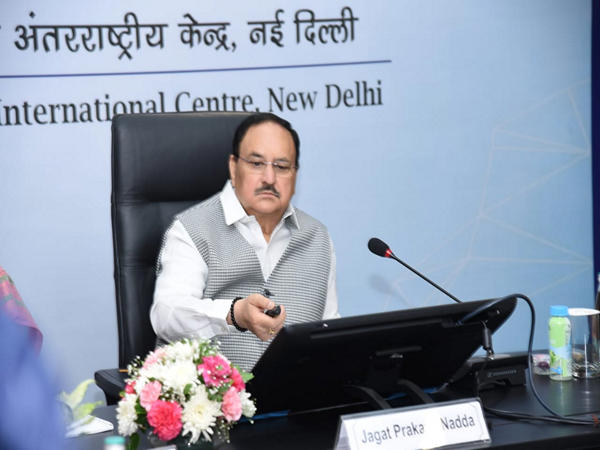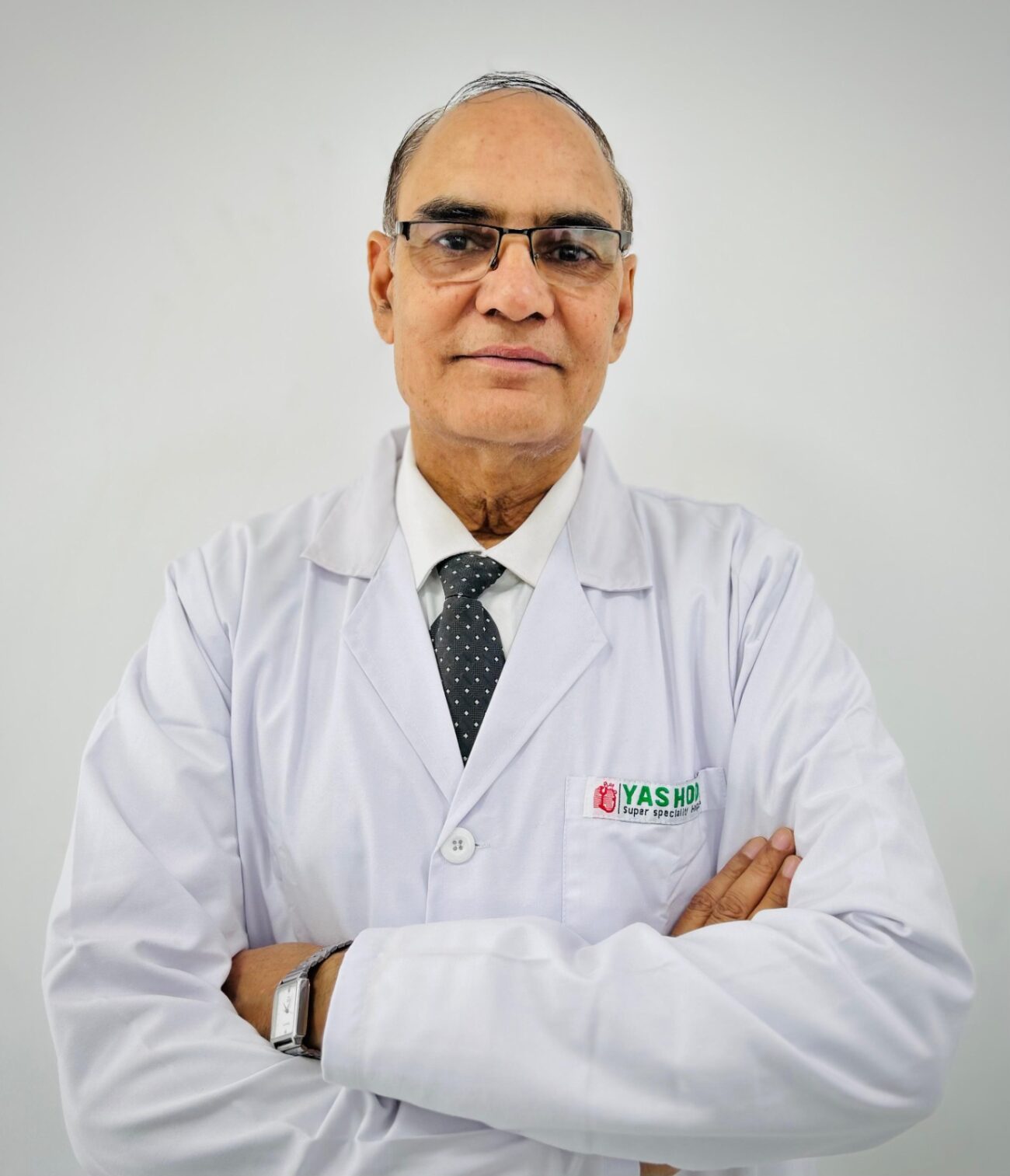Religious and political events among factors that accelerated Covid-19 transmission in India: WHO
The WHO, in its COVID-19 Weekly Epidemiological Update, published Wednesday, said that viruses in the B.1.617 lineage were first reported in India in October 2020. "The resurgence in COVID-19 cases and deaths in India has

The WHO, in its COVID-19 Weekly Epidemiological Update, published Wednesday, said that viruses in the B.1.617 lineage were first reported in India in October 2020. “The resurgence in COVID-19 cases and deaths in India has raised questions on the potential role of B.1.617 and other variants (e.g., B.1.1.7) in circulation,” the update said.
The World Health Organisation has said a recent risk assessment of the situation in India found that “resurgence and acceleration” of COVID-19 transmission in the country had several potential contributing factors, including “several religious and political mass gathering events which increased social mixing”.
The WHO, in its COVID-19 Weekly Epidemiological Update, published Wednesday, said that viruses in the B.1.617 lineage were first reported in India in October 2020. “The resurgence in COVID-19 cases and deaths in India has raised questions on the potential role of B.1.617 and other variants (e.g., B.1.1.7) in circulation,” the update said.
“A recent risk assessment of the situation in India conducted by WHO found that resurgence and acceleration of COVID-19 transmission in India had several potential contributing factors, including increase in the proportion of cases of SARS-CoV-2 variants with potentially increased transmissibility; several religious and political mass gathering events which increased social mixing; and, under use of and reduced adherence to public health and social measures (PHSM). The exact contributions of these each of these factors on increased transmission in India are not well understood,” it said.
The update said that approximately 0.1% of positive samples in India have been sequenced and uploaded to GISAID to identify SARS-CoV-2 variants. GISAID enables rapid and open access to epidemic and pandemic virus data.
The WHO update said that “the prevalence of several VOCs including B.1.1.7 and B.1.612 sublineages increased concurrent to the surge in COVID-19 cases reported in India.”
“Since the identification of these variants through late April 2021, B.1.617.1 and B.1.617.2 accounted for 21% and 7% of sequenced samples from India,” the update said, adding that preliminary analyses conducted by WHO using sequences submitted to GISAID suggests that B.1.617.1 and B.1.617.2 have a substantially higher growth rate than other circulating variants in India, suggesting potential increased transmissibility compared.
The update said that outside of India, the UK has reported the largest number of cases sequenced as B.1.617 sub-lineages, and recently designated B.1.617.2 as a “national variant of concern.”
Giving a global overview of the COVID19 situation, the update said that the number of new COVID-19 cases and deaths globally decreased slightly this week, with over 5.5 million cases and over 90000 deaths.
“While India continues to account for 95% of cases and 93% of deaths in the South-East Asia Region, as well as 50% of global cases and 30% of global deaths, worrying trends have been observed in neighbouring countries,” it said.
The highest numbers of new cases were reported from India (2,738,957 new cases; 5% increase), Brazil (423,438 new cases; similar to previous week), the USA (334,784 new cases; 3% decrease), Turkey (166,733 new cases; 35% decrease), and Argentina (140,771 new cases; 8% decrease).
The South-East Asia Region reported over 2.8 million new cases and just under 29,000 new deaths, a 6% and a 15% increase respectively compared to the previous week. This marks the ninth consecutive week the incidences of cases and deaths have been increasing in the region.
The highest numbers of new deaths were reported from India (26,820 new deaths; 1.9 new deaths per 100.000; a 15% increase), Indonesia (1190 new deaths; 0.4 new deaths per 100,000; a 3% increase), and Bangladesh (368 new deaths; 0.2 new deaths per 100,000; a 34% decrease).
Earlier this week, the B-1617 variant of the coronavirus, first identified in India, had been classified as a “variant of concern” at the global level by the World Health Organization (WHO).
Dr Maria Van Kerkhove, COVID-19 Technical Lead at the WHO, said on Monday that the Epi team and WHO lab team has been discussing with the WHO virus evolution working group this variant and everything that “we know about it in terms of transmissibility and any studies that are being done in India as well as in other countries where this virus is circulating.”






